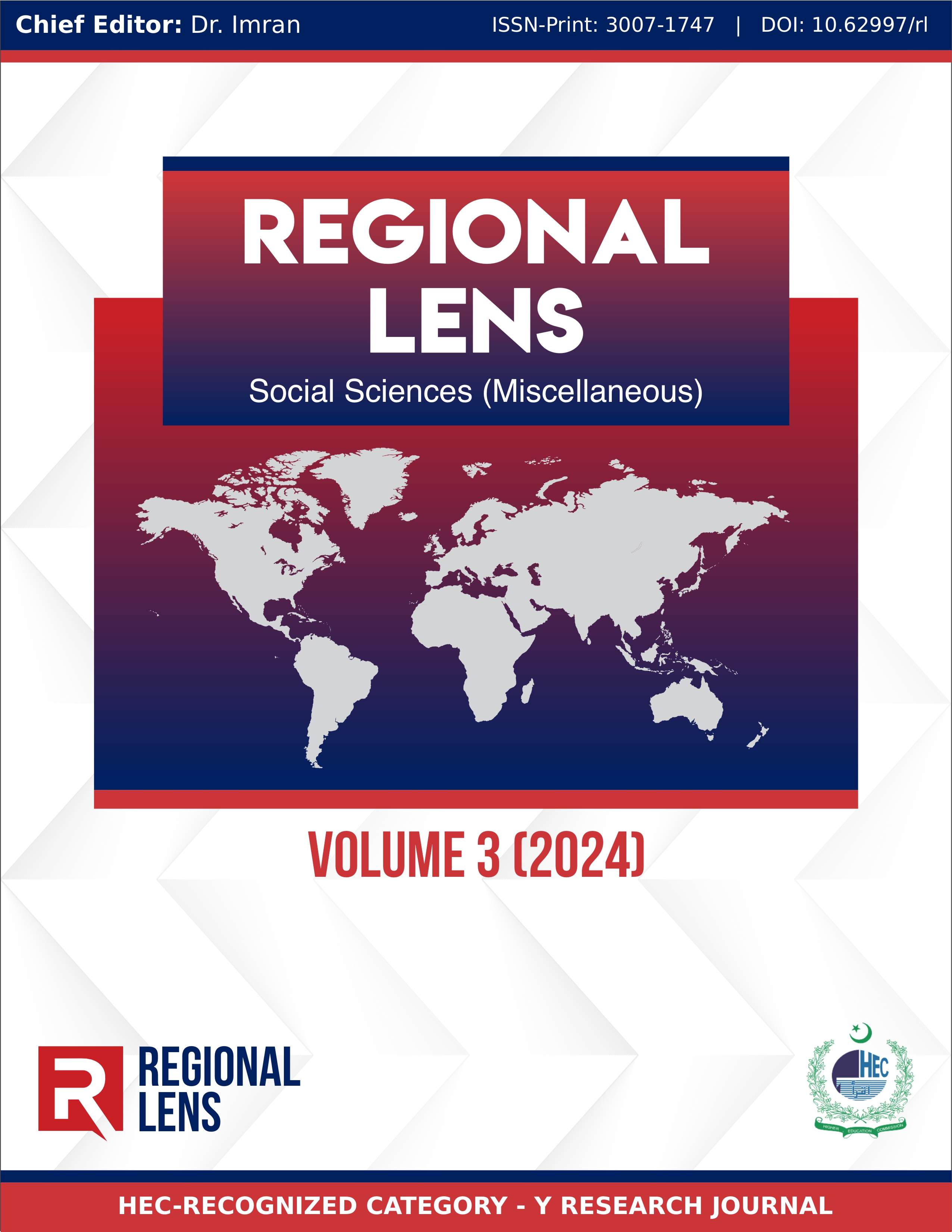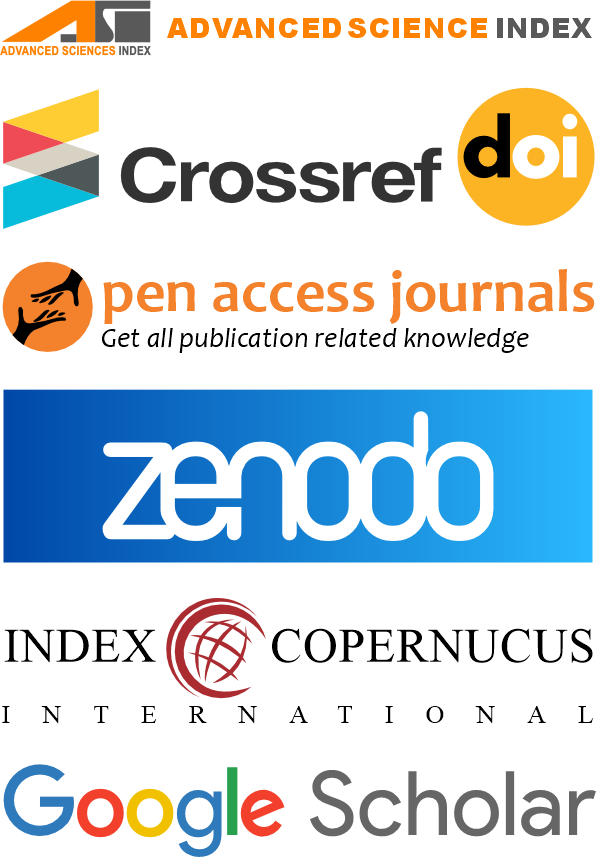Teachers’ Code-Switching in L2 Classroom: Exploring Instructional and Pedagogical Perspectives
DOI:
https://doi.org/10.62997/rl.2024.31029Keywords:
Code-Switching, Native Language, ELT, Motivation, Teaching-Learning ProcessAbstract
Most language users practice code-switching; this shift from the language of instruction to the language that is accommodating is thought to have specific impacts on teaching and learning. While it has been criticized, it is unclear if code-switching has a beneficial or detrimental impact on teaching and learning English. The impact of code-switching on English instruction and learning was the primary focus of this study. The study was based on these research questions; what is the impact of code-switch technique on teaching-learning process of English language, and what are the perceptions of teachers and students towards code-switching technique in the teaching-learning process? For this study, a qualitative research approach was adopted. Undergraduate students from two departments (Sociology and Political Science) made up the population. Eight students and four teachers were chosen to be interviewed in the study using the Convenient Sample approach. These teachers and students were observed in their respective classes as well. It was discovered that teaching and learning the English language benefit from code-switching. It makes it easier for students to grasp the more challenging parts of the course and enable them to follow directions. Students are more likely to be engaged when the teacher clarifies what was stated in their native tongue, especially those who struggle with learning English. Additionally, code-switching aids in classroom management for educators.
References
Abellana, C. B., & Tarusan, M. A. E. (2023). The Multiple Facets of Code-Switching. Journal of Social Work and Science Education, 4(1), 110-119. http://doi.org/10.52690/jswse.v4i1.346
Afifah, N., Ys, S. B., & Sari, D. F. (2020). An Analysis of Code Switching Used by an English Teacher in Teaching Process. Research in English and Education Journal, 5(1), 19-25. https://jim.usk.ac.id/READ/article/view/14910
Ataş, U., & Sağın-Şimşek, Ç. (2021). Discourse and educational functions of students’ and teachers’ code-switching in EFL classrooms in Turkey. Linguistics and Education, 65, 100981. http://doi.org/10.1016/j.linged.2021.100981
Creswell, J. W. (2013). Educational research: Planning, conducting, and evaluating. W. Ross MacDonald School Resource Services Library.
Creswell, J. W. (2013). Qualitatitive inquiry & research design. United states of America: Vicki Knight.
Ezeh, N. G., Umeh, I. A., & Anyanwu, E. C. (2022). Code Switching and Code Mixing in Teaching and Learning of English as a second language: Building on knowledge. English Language Teaching, 15(9), 106-113. http://doi.org/10.5539/elt.v15n9p106
Goodman, B., & Tastanbek, S. (2021). Making the shift from a codeswitching to a translanguaging lens in English language teacher education. Tesol Quarterly, 55(1), 29-53. http://dx.doi.org/10.1002/tesq.571
Hussein, R. F., Saed, H. A., & Haider, A. S. (2020). Teachers and students code-switching: The inevitable evil in EFL classrooms. International Journal of Learning, Teaching and Educational Research, 19(2), 60-78. https://doi.org/10.26803/ijlter.19.2.5
Ibrahim, E. H. E., Shah, M. I. A., & Armia, N. T. (2013). Code-Switching in English as a Foreign Language Classroom: Teachers' Attitudes. English Language Teaching, 6(7), 139-150. http://doi.org/10.5539/elt.v6n7p139
Jones, D. A. (2023). A review and critical analysis of qualitative methodologies and data-collection techniques used for code-switching research. American Journal of Qualitative Research, 7(2), 53-72. https://doi.org/10.29333/ajqr/12988
Kumar, T., Nukapangu, V., & Hassan, A. (2021). Effectiveness of code-switching in language classroom in India at primary level: a case of L2 teachers’ perspectives. Pegem Journal of Education and Instruction, 11(4), 379-385. https://doi.org/10.47750/pegegog.11.04.37
Lev Vygotsky. (2014, July 23). Social Development Theory. https://www.learning-theories.com/vygotskys-social-learning-theory.html
Karpov, Y. V. (2014). Vygotsky for educators. Cambridge University Press.
Nasir, N., & Sukmawati, S. (2023). Analysis of research data quantitative and qualitative. Edumaspul: Jurnal Pendidikan, 7(1), 368-373.
Promnath, K., & Tayjasanant, C. (2016). English-Thai code-switching of teachers in ESP classes. Pasaa, 51(1), 96-125. http://doi.org/10.14456/pasaa.2016.4
Shafi, S., Kazmi, S. H., & Asif, R. (2020). Benefits of code-switching in language learning classroom at University of Education Lahore. International Research Journal of Management, IT and Social Sciences, 7(1), 227-234. http://dx.doi.org/10.21744/irjmis.v7n1.842
Siddiq, R. A., Kustati, M., & Yustina, L. S. (2020). Teachers’ code mixing and code switching: insights on language barriers in efl classroom. Al-Ta lim Journal, 27(1), 80-91.
Zainil, Y., & Arsyad, S. (2021). Teachers’ perception of their code-switching practices in English as a foreign language classes: The results of stimulated recall interview and conversation analysis. Sage Open, 11(2), 21582440211013802. http://dx.doi.org/10.1177/21582440211013802




